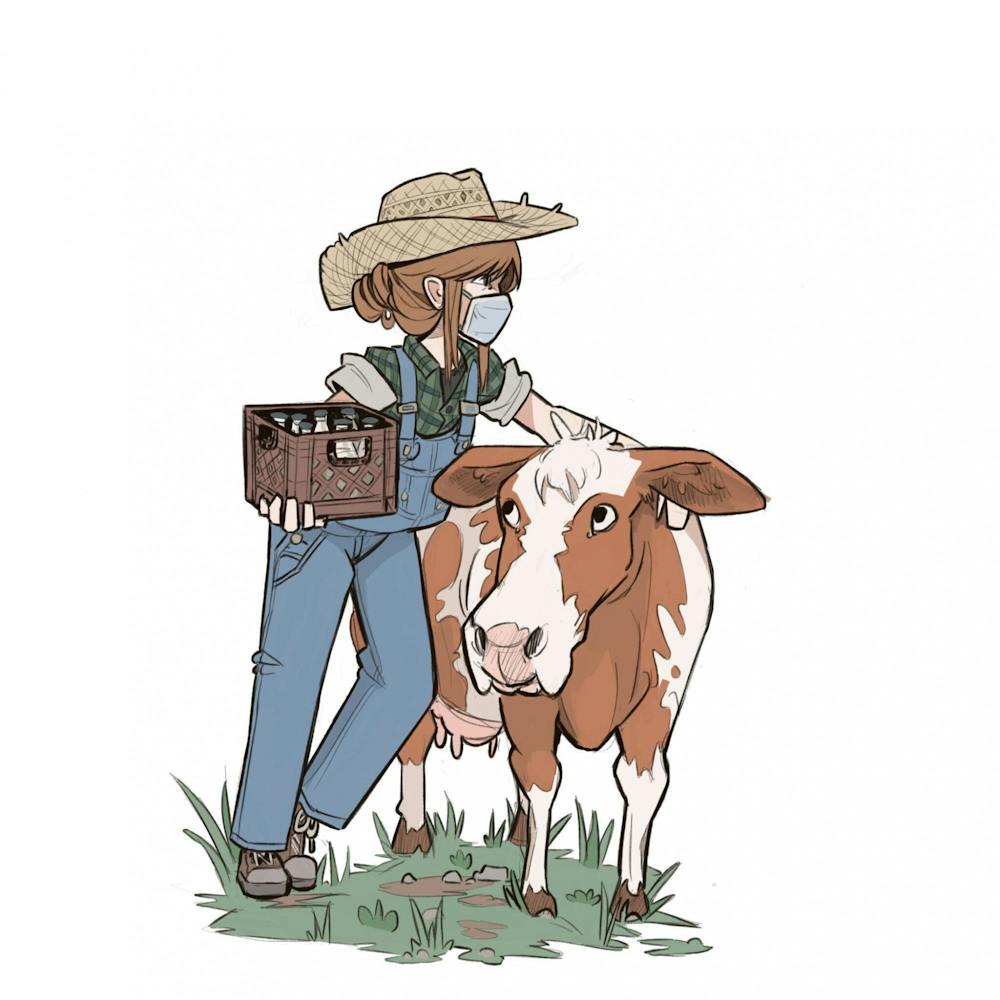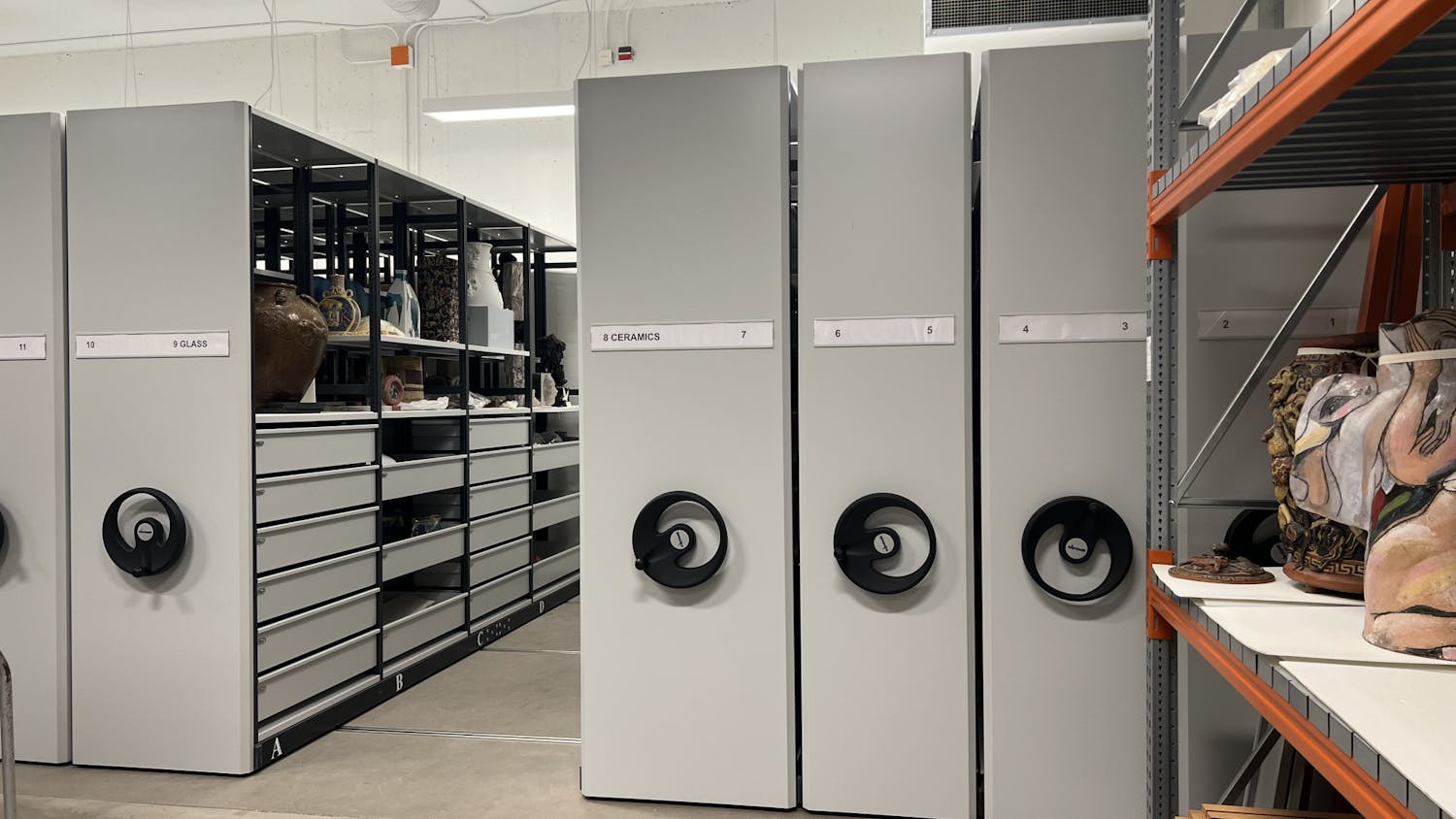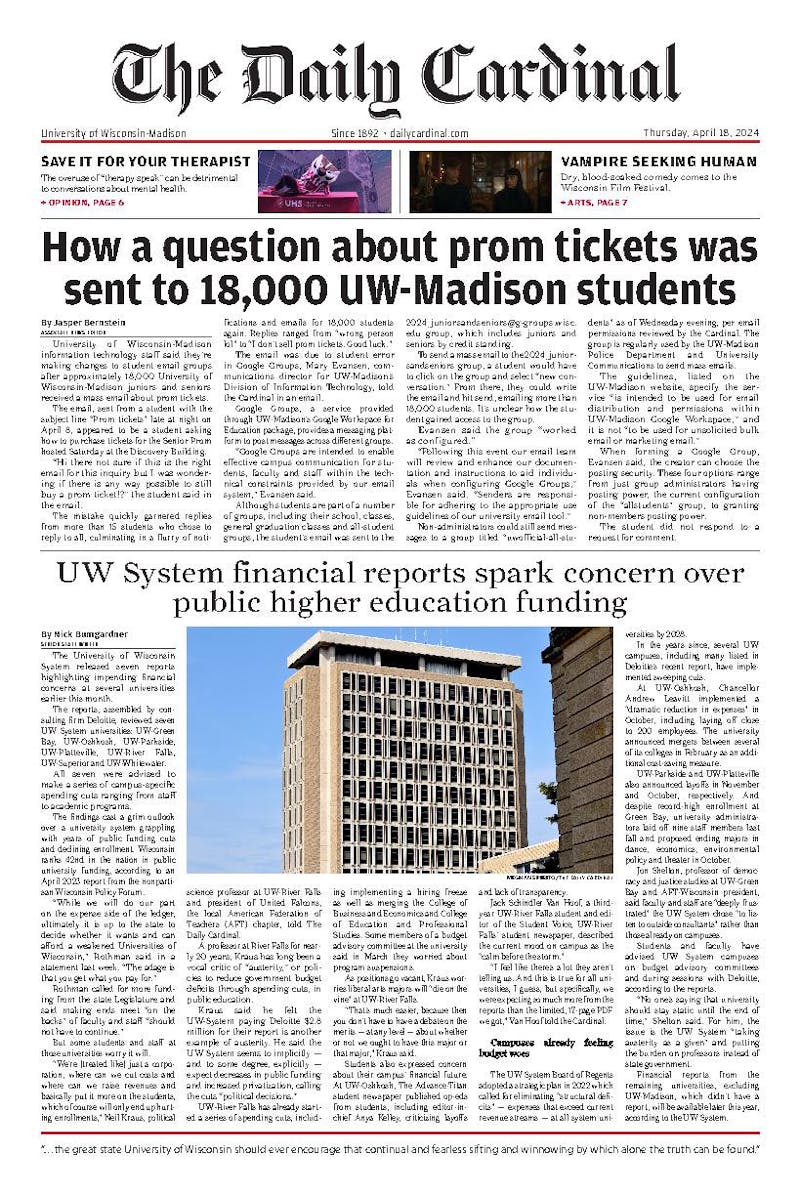The Extension Dairy Program at the UW Division of Extension thrives on working in-person with farming communities across the state of Wisconsin. When the pandemic hit, the program addressed pandemic-related issues in the dairy industry while transitioning to online programming.
The Extension Dairy Program has a mission of strengthening the competitiveness of the Wisconsin dairy industry through statewide leadership in education and research.
Throughout the pandemic, the dairy industry has dealt with volatile markets for milk prices. When the pandemic began, a rush of buying at grocery stores created a huge surge in dairy sales through retail. Dairy sales at grocery stores were up 30 percent in April.
At the same time, sales through restaurants and schools collapsed, which created a scramble on the market and forced some dairy farmers to dump milk.
Mark Hagedorn, Dairy Program Manager at the Division of Extension, explained some of the challenges Wisconsin dairy producers felt from the onset of the pandemic in March. Hagedorn identified the disruption of supply chains as one of the largest issues that the industry faced.
“Some producers across the state were given the mandate that they had to reduce production by 20 percent, which is a counterintuitive and counterproductive mindset,” Hagedorn said.
According to the Wisconsin Department of Agriculture, Trade and Consumer Protection, Wisconsin is home to over 7,000 dairy farms. The industry contributes more than $45.6 billion to the state economy each year. Wisconsin cheesemakers produce 26 percent of the nation’s cheese.
Hagedorn explained that 90 percent of the milk that is produced in the state of Wisconsin is turned into cheese and 90 percent of that cheese is exported outside of the state — making producers’ ability to move the product a pressing issue when the pandemic hit.
Because most milk is used in cheese production, Hagedorn said, there are only a handful of fluid milk processing plants in the state. The plants struggled to keep up as demand increased.
“Those plants could not keep up with the amount of fluid milk that was being consumed by a lot of parents and even more children that were staying at home,” said Hagedorn. “It wasn’t that we didn’t have the milk, it was that manufacturing conundrum where you don’t have the means to process it.”
Hagedorn also identified labor as an issue for producers amid the pandemic. The pandemic caused a work shortage for milking cows, a very labor-intensive activity, as COVID-19 outbreaks put farmers and milkers at risk of contracting the disease.
The Extension Dairy Program has assisted dairy producers with these issues in an almost entirely virtual environment, aside from a few farm calls made in the last month. Hagedorn acknowledged the challenges of virtual programming. Extension educators have found it difficult to make recommendations to farmers when they are not physically present at the farms.
“It’s pretty hard to make any kind of real definitive judgement or any kind of significant call on best management practices when you can't see what you're making the adjustments for,” Hagedorn said.
Hagedorn admitted that many of the Extension educators and farmers have succumbed to Zoom fatigue. Hagedorn said it can be difficult to maintain personal relationships with farmers and build new ones in a virtual setting.
Hagedorn indicated that the Dairy Program will inevitably be conducting a lot of virtual programming while COVID-19 is still a factor.
“As far as most of my colleagues go, they really feel that they’re on their A-game by having one-on-one, face-to-face conversations and small groups,” he said.
However, Hagedorn did indicate that some of the necessary adaptations would continue to be useful even after the pandemic.
“I think we’re going to continue, after this all calms down, to still see virtual programming being utilized under some circumstances because there are efficiencies to be received here, that you can’t experience or take advantage of in any other fashion,” Hagedorn said.






